Discover What Uptown Offers
Explore everything Uptown has to offer across four lively business districts, vibrant public art and lush green spaces.
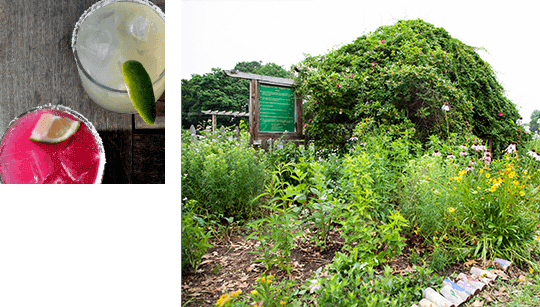
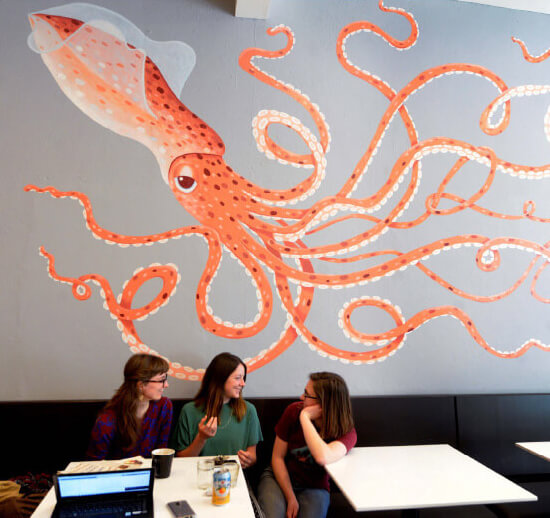
Guide to Uptown
Uptown is a collection of four vibrant business districts, each with its own character and personality: Eastown, East Fulton, East Hills and Wealthy Street.
Eastown
Funky, fresh and fantastic. Eastown is 70 square blocks of unique, locally-owned shops, restaurants, nightlife and entertainment venues.
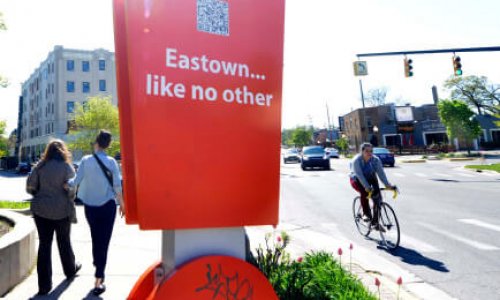
East Fulton
Find your hidden treasures here. East Fulton is home to nearly 50 locally-owned galleries, antique stores, specialty shops, salons and restaurants — and the City’s longest-running Farmer’s Market.
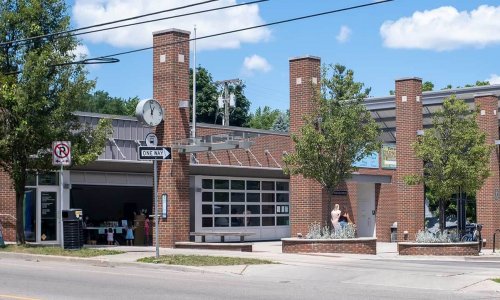
East Hills
Hip and Hopping. East Hills is the heart of Uptown, connecting Wealthy Street and East Fulton. Here you’ll find lively restaurants and charming boutiques.
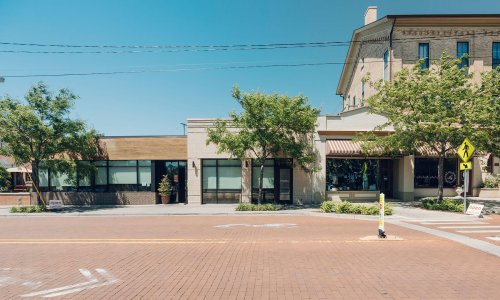
Wealthy Street
Look for the distinctive “W” signs to find 14 straight blocks of delightful shopping, delicious food and desirable entertainment — including the district landmark: beautifully restored Wealthy Theatre.
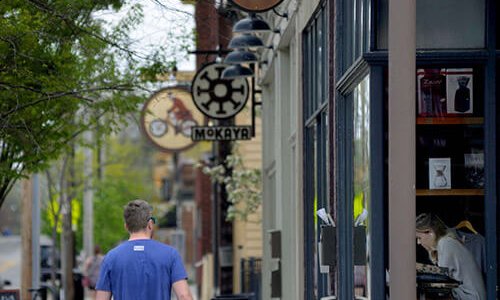
Public Spaces & Public Art
Grand Rapids’ city center is home to La Grand Vitesse, the 42-ton, 32-foot high, bright red sculpture by artist Alexander Calder. Our commitment to public art can be found throughout the City. The Uptown area is home to multiple parks, green spaces and public art.
Parks and Green Spaces
- Hillcrest Community Garden
- Cherry Park
- Baldwin Park
- Wilcox Park
- Midtown Green
- Fulton Street Cemetery
Sculpture
Murals
Additional Art?
"When you plan your visit, it’s easy to view several public murals as you explore our walkable business districts."
History of Uptown
Since the early 1900s, the Uptown area has hosted four lively neighborhood business districts where residents, stagecoach travelers and streetcar visitors shopped, dined and enjoyed performances. By 1926, Highway M21 was a major travel route along East Fulton Street, connecting travelers from Holland to Port Huron. As traffic along the route increased, the district grew in popularity, supporting emerging businesses such as Van’s Pastry Shoppe, a neighborhood favorite to this day. Like other major urban areas across the country, Uptown began to show signs of decline in the 1970s with businesses closing or relocating to seemingly more attractive suburbs. Many owner-occupied homes converted into rental units or fell into vacancy, storefronts emptied and crime rates rose.
Beginning in the late 1990s, local stakeholders mobilized to strengthen business and neighborhood associations and breathe life back into these urban districts, fueling the resurgence of Uptown as a gathering place for artists, students and community activists. Commercial buildings and historic homes were purchased and renovated, with new businesses and residents relocating to its attractive and affordable neighborhoods.
Today you’ll find four thriving, dynamic and eclectic business districts surrounded by diverse, safe and desirable neighborhoods. Plan your visit and discover Uptown for yourself.
